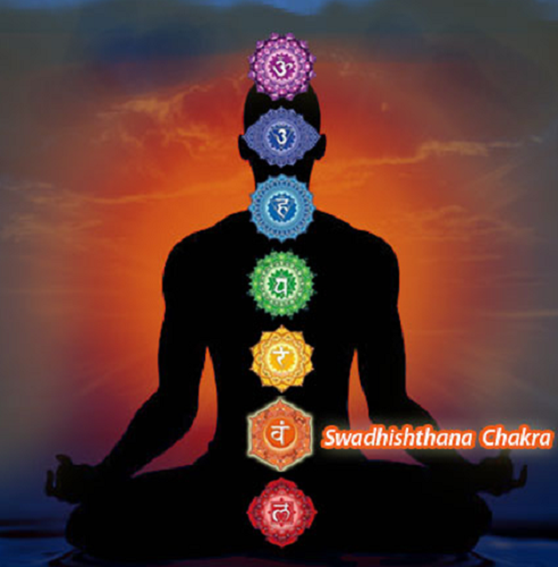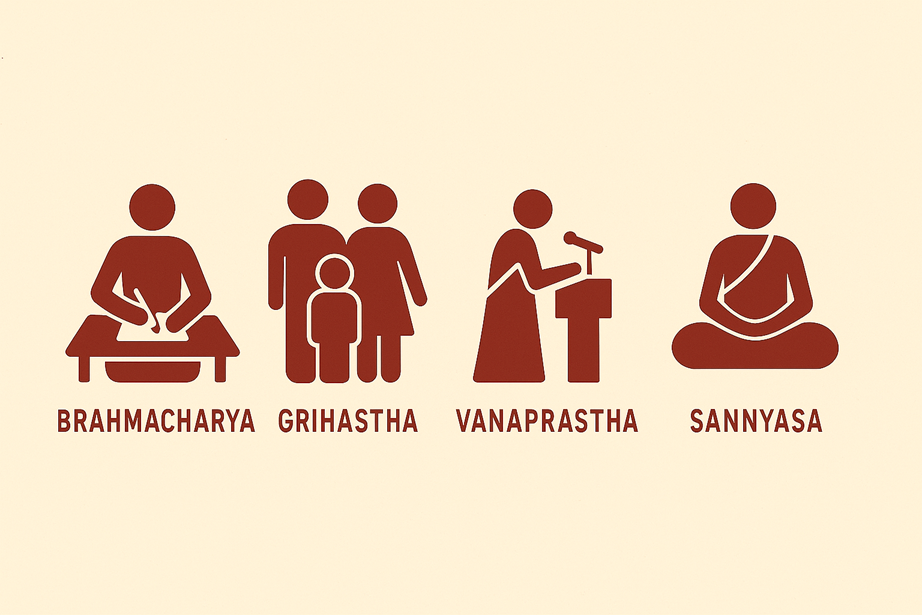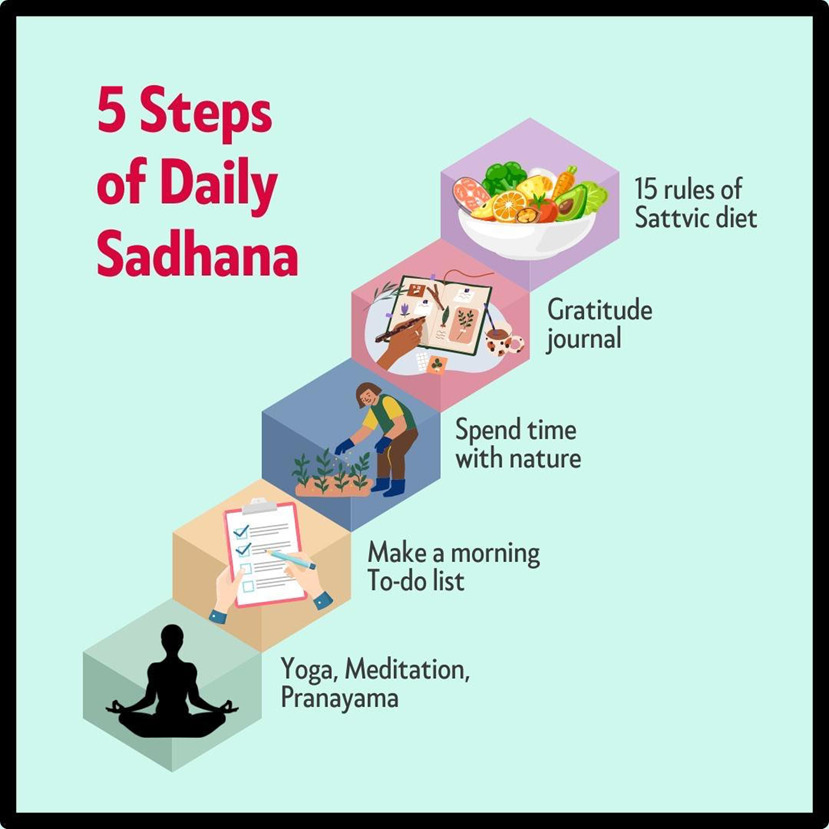Your Menopause Moment: Turning Transition into Triumph
- Dr. Sahila

- Sep 16
- 5 min read
It is not a curse—but a sacred shift from Grihastha (householder life) to Vanaprastha (the stage of wisdom and inward growth).

As women, our bodies gift us unique opportunities for transformation, and they signal these transitions openly and unmistakably. Puberty is the first example of such a transition, a slow passage into womanhood that can unfold in a year or 2. At the end of it, we are faced with new realities: the growth of breasts, changes in our appearance with body hair, and a heightened sense of responsibility for our own bodies.
Changes at puberty and what is precocious puberty?
At the same time, profound changes are happening within the body. Each month, the ovaries release an egg, while estrogen and progesterone rise to regulate the cycle—along with the mood shifts that often accompany it. These are clear signals that a young woman has entered the Grihastha phase of life, traditionally beginning around age 15 or 16. It marks the natural transition from Brahmacharya (student life) to Grihastha (householder life).

However, with the widespread use of synthetic female hormones and the impact of modern lifestyles, girls today are entering puberty much earlier called as precocious puberty, sometimes 5–7 years ahead of time, in their preteens. This premature shift is linked to a wide range of social and health challenges seen in young girls: teenage pregnancies, irritable bowel syndrome, social media addictions, eating disorders such as anorexia and bulimia, and even PCOS (polycystic ovarian syndrome).

In yogic terms, these issues often stem from blockages in the Swadhisthana chakra. By working at this energy center, many of these symptoms can be relieved helping us nurture healthier girls and, ultimately, a stronger society. A cornerstone of my wellness program is focused on exactly this: empowering the younger generation, especially women. Because when women are healthy, they give rise to healthy progeny, and together we create a healthy community.

As a recap there are four stages of life in yoga also known as the ashrama system: Brahmacharya (student), Grihastha (householder), Vanaprastha (hermit), and Sannyasa (renunciate). Each stage involves different responsibilities and a shift in focus, guiding individuals through life's journey toward spiritual liberation (moksha) by fulfilling duties relevant to their current stage before transitioning to the next.
Stages of menopause
When women enter perimenopause typically during their 40s (average age of 45), the very same changes that began in puberty start to occur in reverse. This is nature’s way of signaling that it is time to transition from the Grihastha stage (householder and childbearing years) to the Vanaprastha stage (a life of wisdom, service, and community).

That’s why calling menopause a curse—or reducing it to a sign of old age—is both misleading and a myth. Menopause is not an ending; it is a redirection. It’s the body’s way of guiding women to shift their energy from the responsibilities of family and childbearing toward deeper, community-oriented contributions and self-realization.
Vanaprastha literally means “one who goes to the forest,” and in the yogic ashrama system it represents the third stage of life. It is a time of gradual withdrawal from household duties and family responsibilities, allowing one to turn inward and pursue higher goals, deeper passions, and spiritual growth.
In simple terms, it is the stage where you are no longer bound by the daily demands of home or children—you are free to step beyond your comfort zone and follow your true calling without distraction.

For some women, this might mean starting a new business. For others, it could mean entering public service or politics. For me, it meant embracing the path of becoming a wellness guru. For some, it may be learning an art form or finally pursuing a long-held dream. And for many modern women, this stage coincides with opportunities to rise higher in their careers—perhaps accepting a long-postponed promotion or stepping fully into leadership roles once put aside for family duties.
Whatever this stage of life brings, one thing is certain, it is not a time to brood over pain or worry endlessly about health. Instead, it is an opportunity to realign your priorities and pursue your true goals with greater clarity and focus.
How to overcome/avoid menopausal symptoms effectively?
The most effective way to do this is by weaving your goals into your daily sadhana. My own five-step practice of daily sadhana includes:

Yoga and meditation
Writing a morning to-do list
Spending time in nature
Following the principles of a sattvic diet
Keeping a gratitude journal
These simple yet powerful practices anchor your day, keep you centered, and create the space for your larger goals to unfold with ease.
I am currently in my perimenopause phase and focusing on my work as Sahila has given me an incredible boost. I won’t deny that I’ve experienced some physical changes, but for me they’ve been minimal things like slightly dry skin or irregular periods, nothing more.
Current statistics in USA for menopausal women
Many women, however, report a variety of symptoms during this stage. Mood swings are often mislabeled as depression, brain fog and hot flashes are commonly mistaken for stress, and a decline in libido is too quickly accepted as a “normal” part of aging. In truth, much of this is misunderstood—and with the right awareness and lifestyle shifts, these challenges can be greatly reduced or even avoided.
Statistics show that 80% of women today experience some type of menopausal symptoms while nearly 30 % experience severe symptoms requiring medical attention. 1 in 5 such women quit their jobs because they are just unable to keep up with the menopausal symptoms.
This means many women enter perimenopause without proper guidance and end up feeling defeated or lost—when in truth, they should be experiencing quite the opposite. The transition does not have to be overwhelming. With consistent daily sadhana and by embracing the natural shift from Grihastha to Vanaprastha, this stage can become one of the most beautiful passages of life.

Menopause is not an ending—it is the beginning of the third quarter of life, which I believe is the most exciting and enterprising phase for any woman. I myself am in this Vanaprastha stage, or perimenopause phase, and I don’t feel drained of energy or at the end of my journey. In fact, I feel the complete opposite.
Because of my daily sadhana, I feel empowered, vibrant, and ready to conquer the world. More importantly, I feel called to take on the responsibility of teaching my community what true wellness means in today’s world.

Make your menopause transition today
If you feel like your energy has been hijacked, or that your body isn’t embracing perimenopause as naturally as it should, take it as a signal—it’s your body’s way of asking for a better daily practice. Left unattended, the symptoms of perimenopause can make the menopausal years unnecessarily distressing. Many women end up quitting their jobs, withdrawing into depression, or feeling unable to express themselves or seek the right support.
But sisters, hear me when I say this—if you are stepping into perimenopause unprepared, or if you are already in menopause and no longer feel like yourself, this is not the real you. And you don’t have to spend the rest of your life in pain or despair. This stage can be your gateway into the most exciting, liberating, and empowering phase of your life. You can still chase your goals, realize your ambitions, and thrive—just as much as men, if not more.
So please, don’t give up. See for what it truly is: an opportunity to grow and flourish. Join me in my daily sadhana and experience the transformation for yourself. click here to join any session for FREE.





Comments